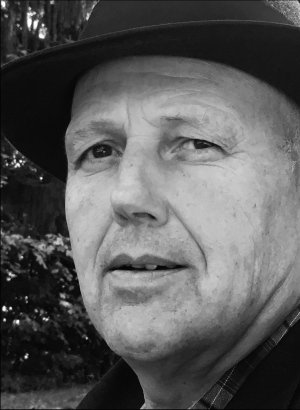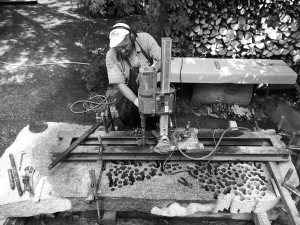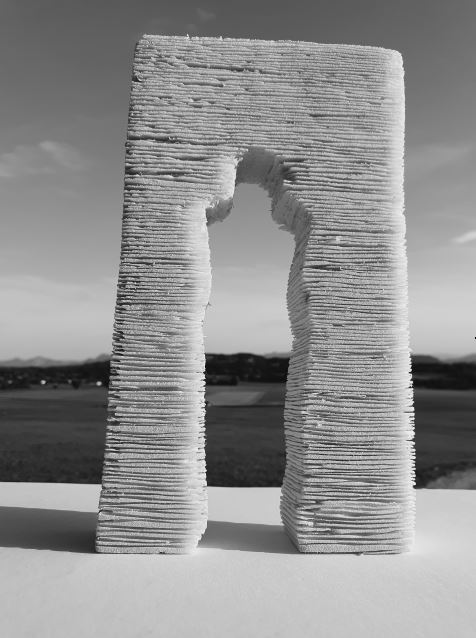Josef Pleier
First name: Josef
Surname: Pleier
Country of origin: Germany
Date of birth: 1959
Project name: “Vinschgauer Tor”
www.pleierjosef.de
 |  |  |
| Artist: Josef Pleier | Project: “Vinschgauer Tor” |
VITA AND DATA
Artist:
Josef Pleier, born 1959 in Pfronten, Germany
Principle:
The most important thing is the dream. The rest is feasible Niki de Saint Phalle
Title of the work:
VINSCHGAUER TOR / VINSCHGAU VALLEY GATE
REFERANCE
Man, physics, graphics
three words that subscribe the work of the sculptor Josef Pleier out of Böbingen (Bavaria, Germany) over the last thirty years.
His aim is to mould the limits of scientific knowledge into sculptures and symbols, to make them tangible for people. His approach is to process the unbelievable and astonishing perspectives of physics into sculptures. In this way, the sculptor claims to give his sculptures a background and thus depth.
His works can be seen in local authorities, in public spaces and sometimes in private collections. One of his most renowned projects is the “Sun Stone”, which is exhibited in one of the largest sculpture parks in Italy. In the “Giardino di Daniel Spoerri” near Siena, he now stands with his work in the neighbourhood of greats of classical modernism such as Spoerri, Luginbühl, Oppenheim, Nam June Paik and Jean Tinguely.
Pleier graduated from the sculpture school in Oberammergau before completing his diploma at the Academy of Fine Arts in Munich. “Going to the academy was a necessity for me. Not just talking, but trying to realise ideas and dreams …
even if it’s only a small part of them,” says Josef Pleier.
CONCEPT OF THE WORK:
According to specialist literature, the colonisation of the Venosta Valley began around 7000 years ago. At this time, humans settled in this region by cultivating crops and keeping domestic animals.
The period of one human generation is approximately 25 to 30 years. If we take the average value of 27.5 years per generation, 254 mothers and 254 fathers have reproduced over a period of 7000 years. In view of the enormous period of time, this is quite a conceivable figure.
We all owe our existence to an uninterrupted line of procreation. Seen in this light, the Venosta Valley as a living space has a traceable history of colonisation. Of course there have been large population migrations, immigration and emigration. However, the number of generations is constant and manageable.
The Venosta Valley Generation Gate consists of these 254 layers. Lines cut freehand result in partially broken individual layers that look like sedimentary deposits. Each layer represents one of these 254 generations. The opening in the gate is modelled on the shadow of a person. It is intended to invite people to walk through it. The gate is an archaic symbol. It serves to bring people closer and visualise connections to other time periods. The gate symbolises the life of many generations in the valley. The gate visualises the connection between the inhabitants and the Venosta Valley living space.
Josef Pleier